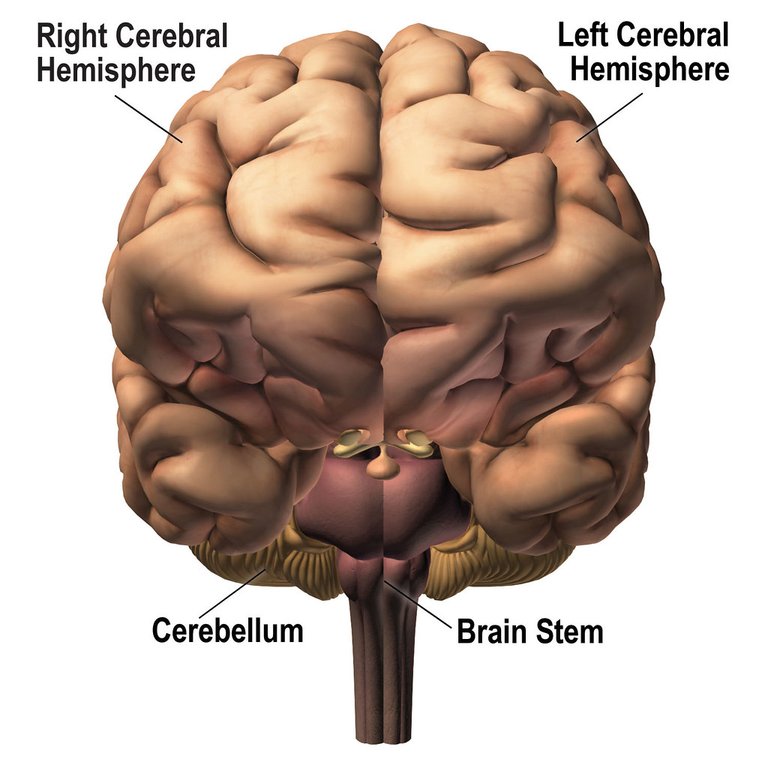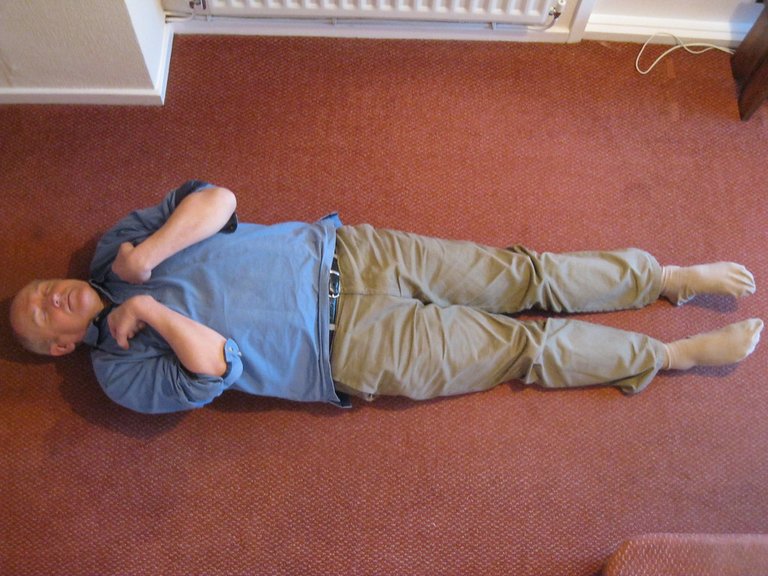I saw a video on TicTok where helmets were worn for infants to prevent then from hitting their heads on the floor during their crawling and walking process. I do not know what the helmet is made off because it was not stated, and I didn't hold it first hand but still on that light, I want to discuss the brain and its damage.
You must have heard that the brain is as soft as a jelly, well that's because it is as soft as a jelly. As soft as it looks it is important for bodily function, control of neural and systemic functions, processing sensory function, and we cannot but mention body movement and coordination.
Our body thought of the fragility of the brain and this is while unlike other organs of the body, it is the only one with protection mechanism that keeps is safe from external force and movement. The brain is protected by the skull outside and it float in a pool of cerebrospinal fluid which prevents it from hitting the skull a will. When the body was putting in all this measures, it didn't put into consideration serious hit to the head. Animals like goat, rams, and other horn possessing animals have a cushion that helps them protect their brain from cases of serious hit.
When there is a punch on the face or what some people refer to as a whiplash, the head moves and so does the brain and when the head has stopped moving, the brain still moves as a result of the force of inertia. In the case where the brain is affected and a little bruise is done to the brain, it is referred to as a concussion which is an example of head injuries but this time on the lower spectrum of head injuries. When I see some types of sporting games that has to do with collision, this is very common with the players.

pexels
While the whiplash force can be regarded as a hit with less harder force, using objects like a baseball bat, or in cases of serious accidental car collision, this is regarded as a stronger force to the head. When this occurs, the brain is slamming itself to the wall of the skull and even the cerebrospinal fluid cannot save it. When this happens, it compresses itself as it pushes against itself and then it expands back. You might then say that's cool since it is going back to its initial shape but this isn't the case because the brain isn't elastic which means that when the compression and expansion happens, it causes tearing in the tissue of the brain.
When this tearing occurs, neurons are destroyed also and when this happens, signals are not sent, received or interrupted. This destruction can lead to the contortion depending on the body's posture. The posturing can be decorticate or Decerebrate. I saw a case of Decorticate posturing in a child recently at the hospital and I knew the child had experienced brain trauma.
With Decorticate, the hand, arms, and wrists flexes inward involuntarily towards the chest. Their fingers are curly and their leg muscles re extended while their face appear like a spasm is ongoing. The patient looks like a mummy and that is why it is called the Mummy posturing. When a patient displays decorticate posturing, then it shows that the damage can either be to the cerebral hemispheres, premotor cortex, or the motor cortex in the brain. This injury is associated to the corticospinal tract being damaged leading to inability to send voluntary signals. In the case of decerebrate posturing, the brain stem is damaged and this can occur from injury to the base of the skull and this can be deadly because the brain stem controls breathing and heartbeat. People who suffer from this can have both physical and mental damage.
In all of this, caring for your head is very important because the skull houses the brain and an injury to brain can be very fatal. Before I drop the pen, let me say this very quickly. Please stop shaking your infants because while you might think it is fun, it can affect their brain. Do not engage children in plays that could be dangerous for them in general. If you have to shake something, then shake your tambourine or your cups.
Read More
https://www.ncbi.nlm.nih.gov/books/NBK547687
https://www.ncbi.nlm.nih.gov/books/NBK559135
https://www.ninds.nih.gov/health-information/disorders/traumatic-brain-injury-tbi
https://www.hopkinsmedicine.org/health/conditions-and-diseases/traumatic-brain-injury
https://emedicine.medscape.com/article/326510-overview
https://www.headway.org.uk/about-brain-injury/individuals/types-of-brain-injury/
https://www.ncbi.nlm.nih.gov/books/NBK559135
https://www.ncbi.nlm.nih.gov/books/NBK555949/


